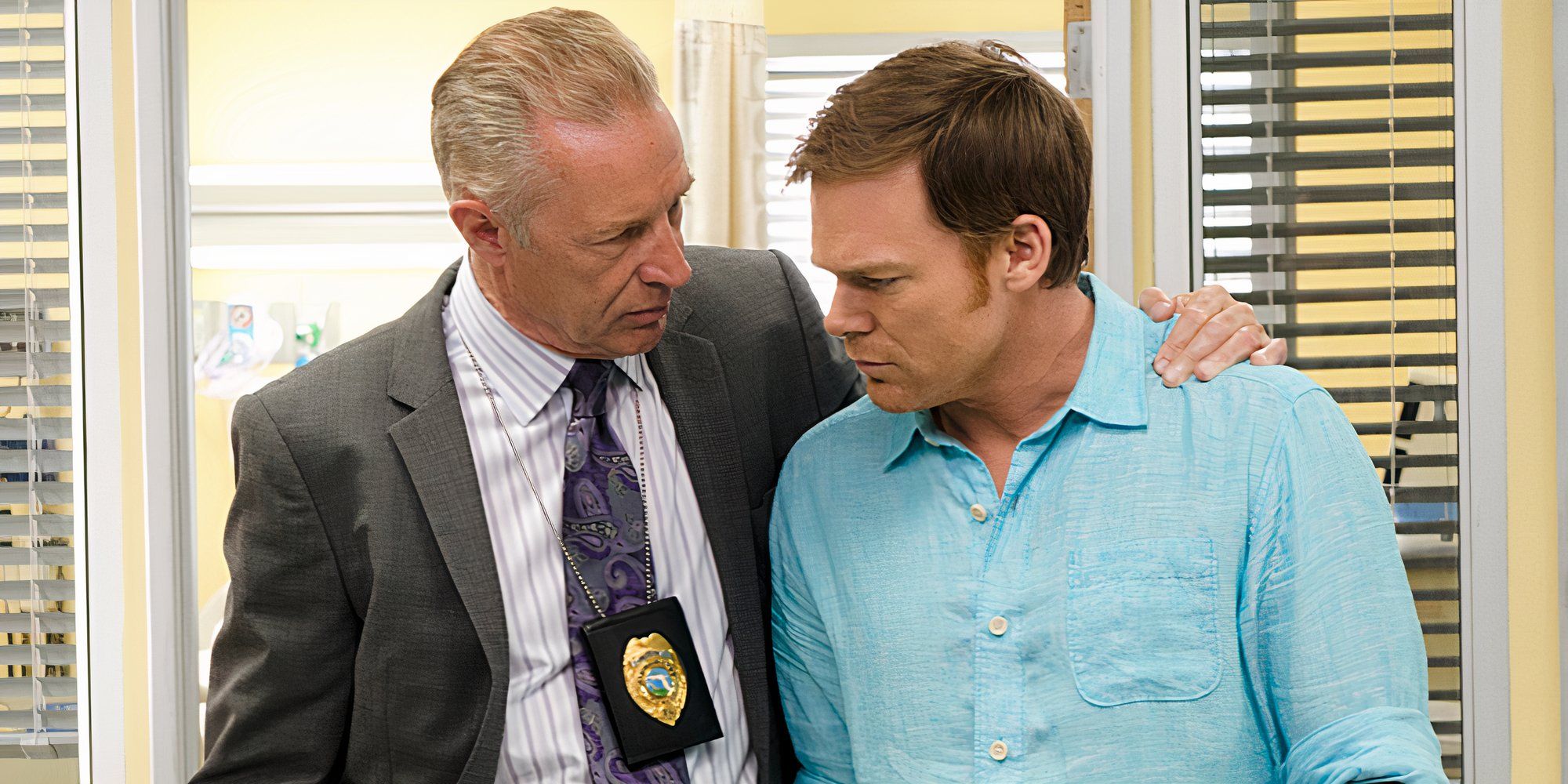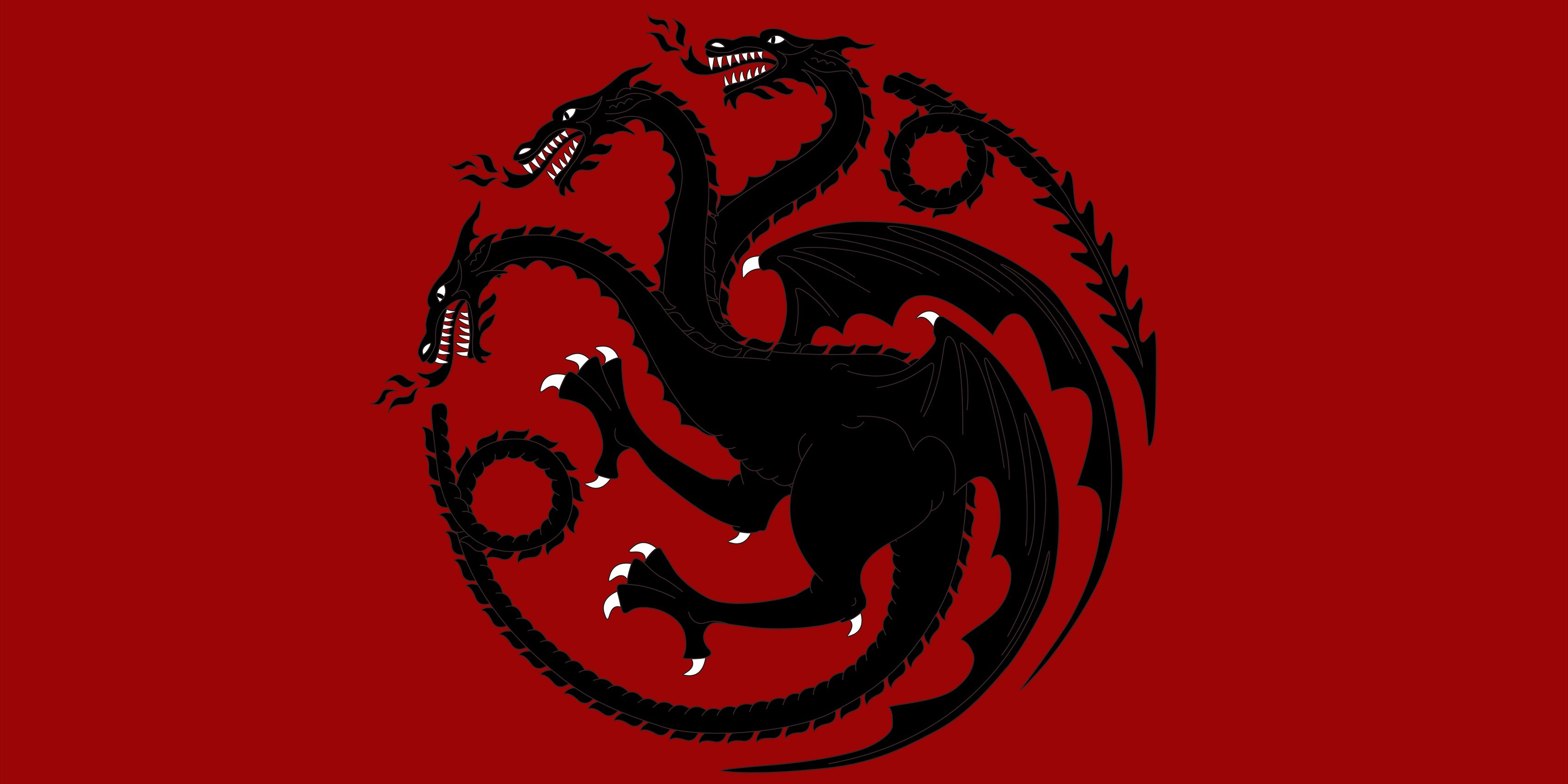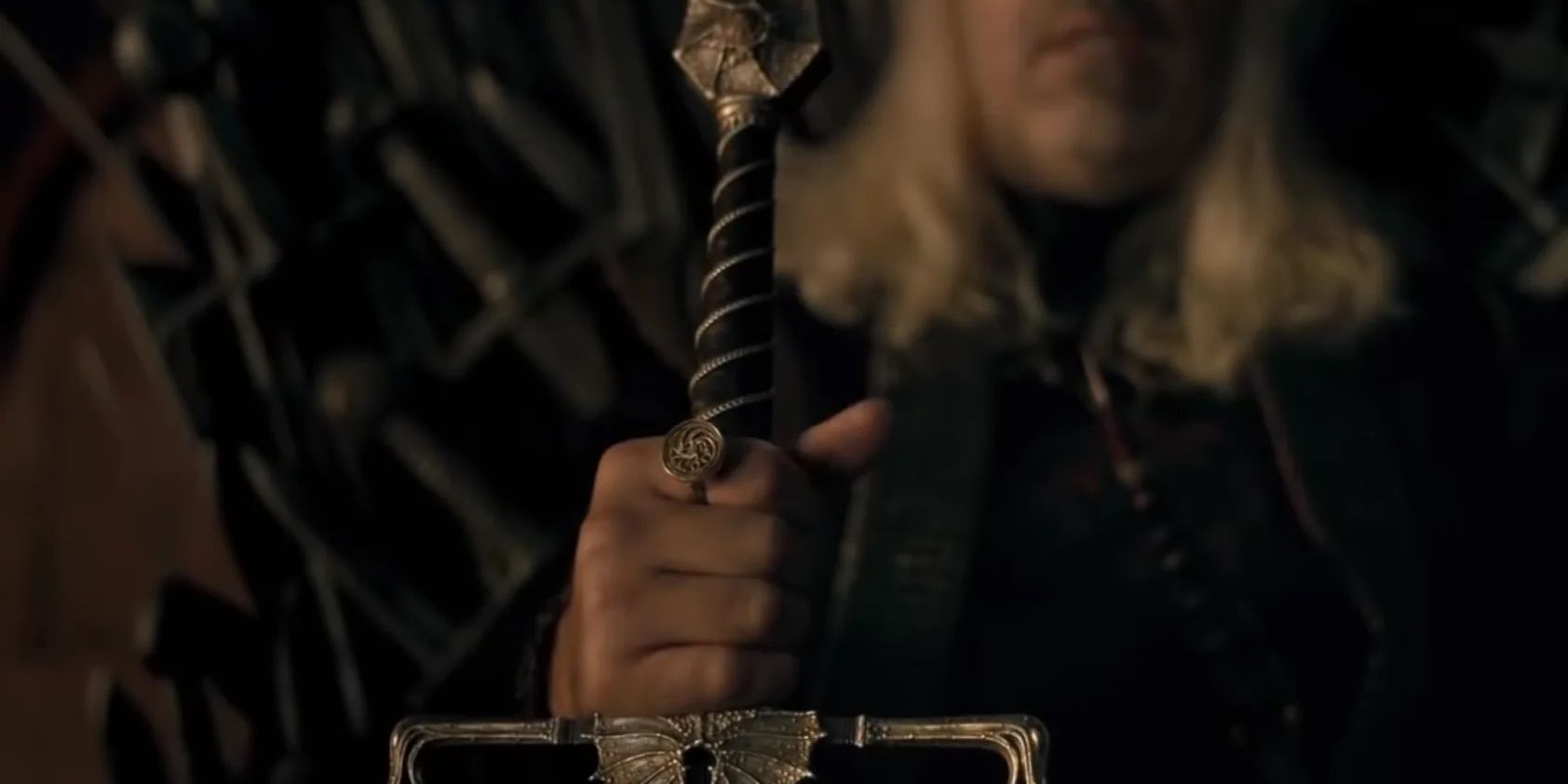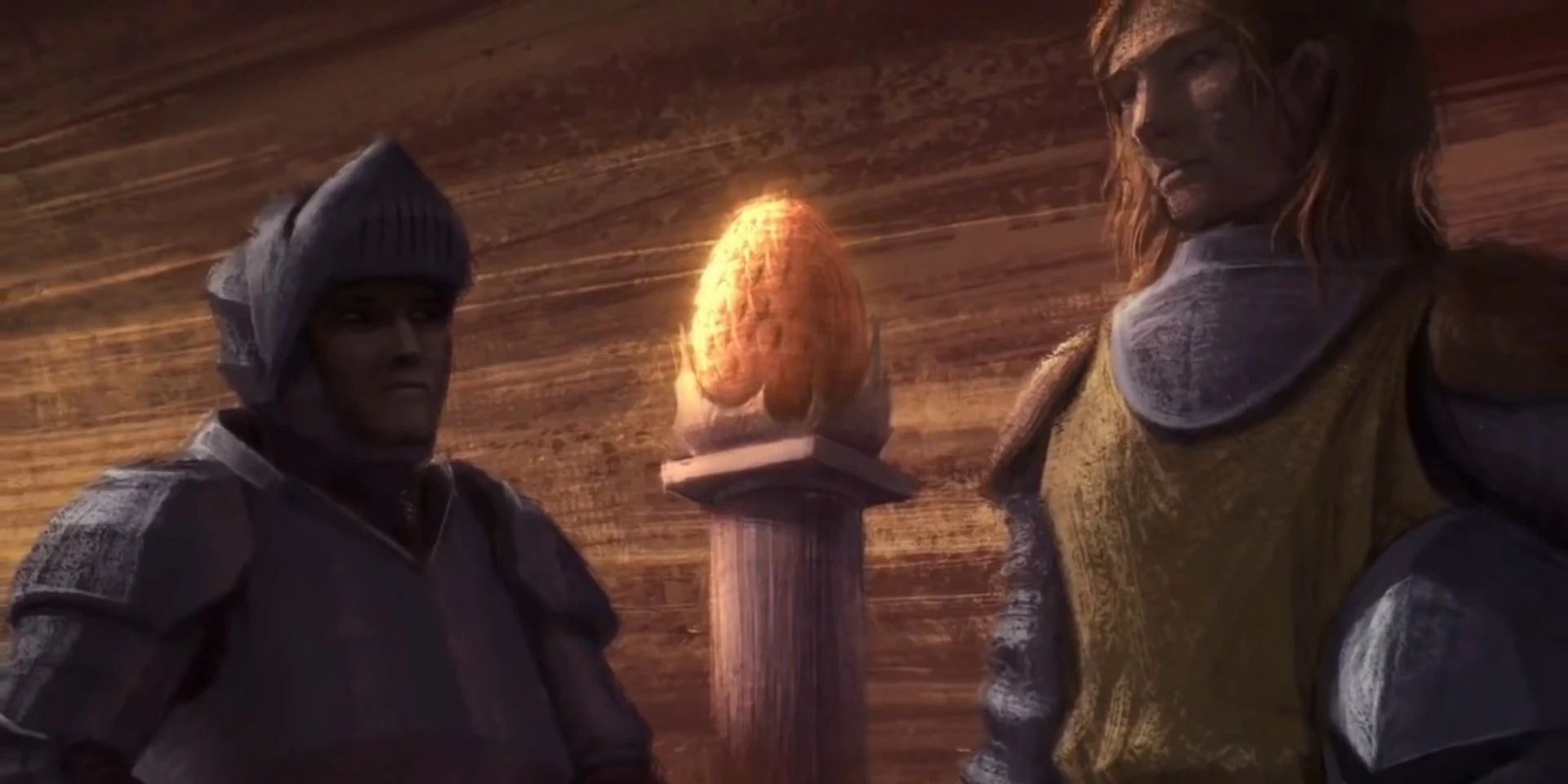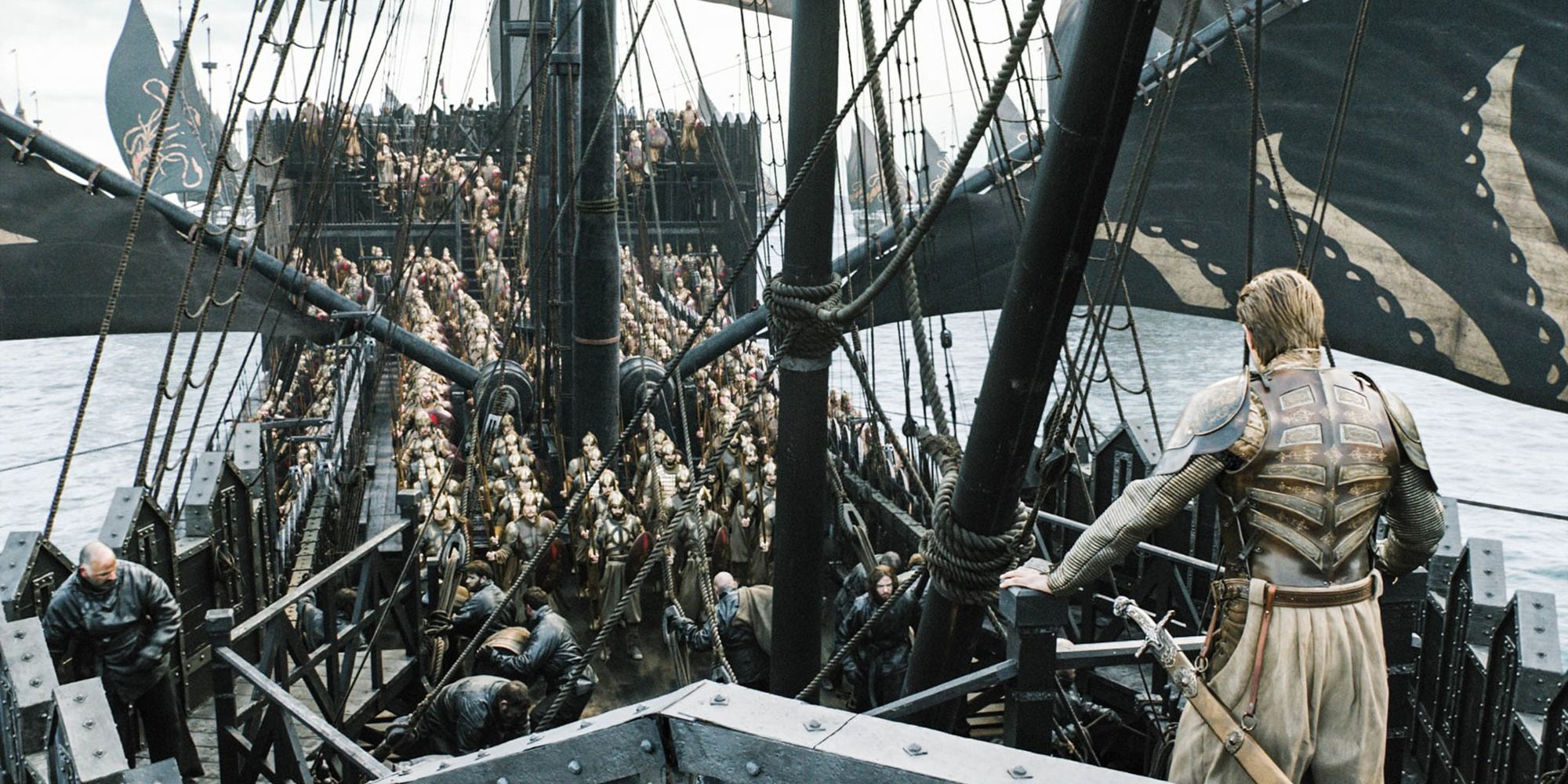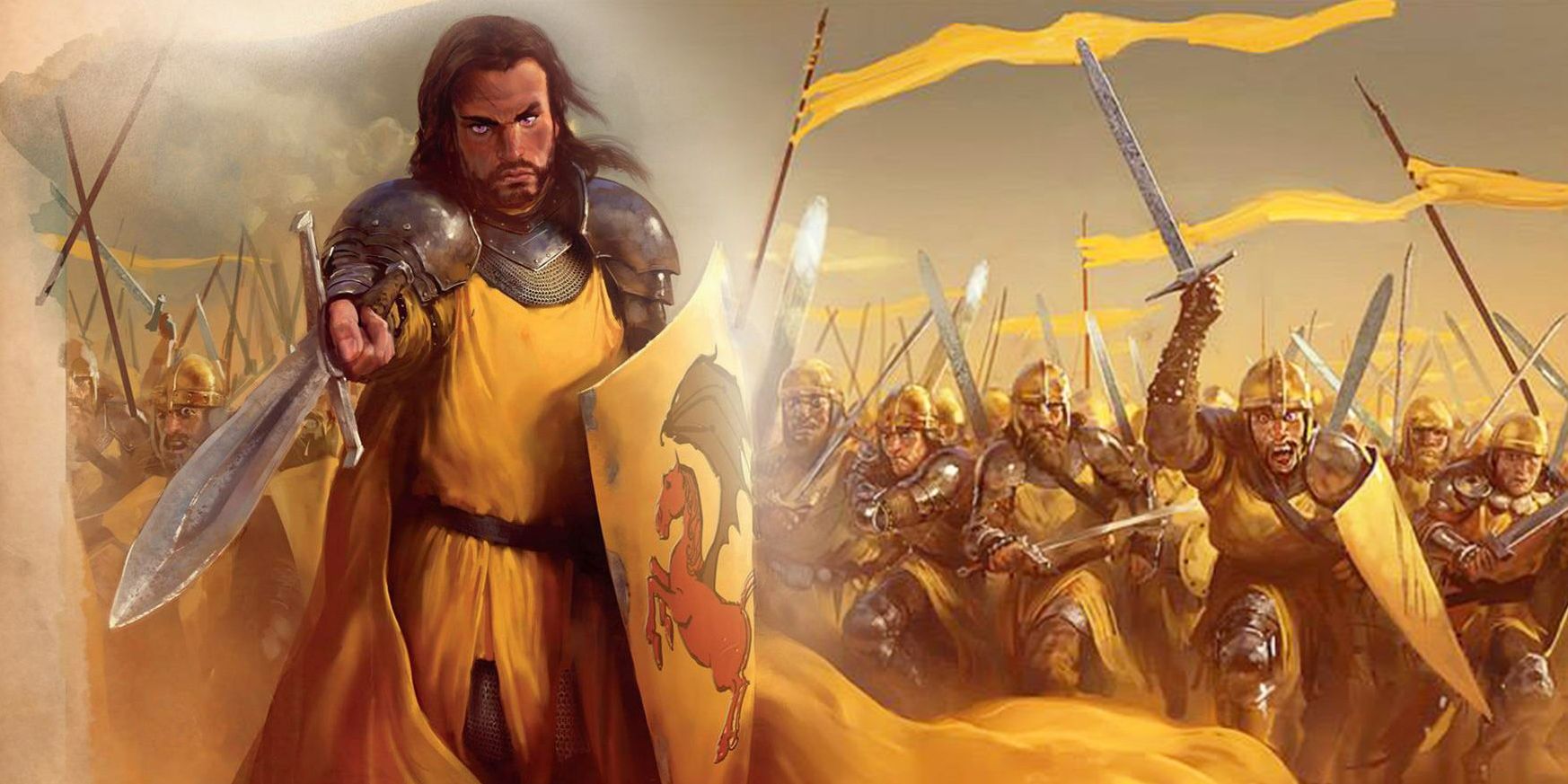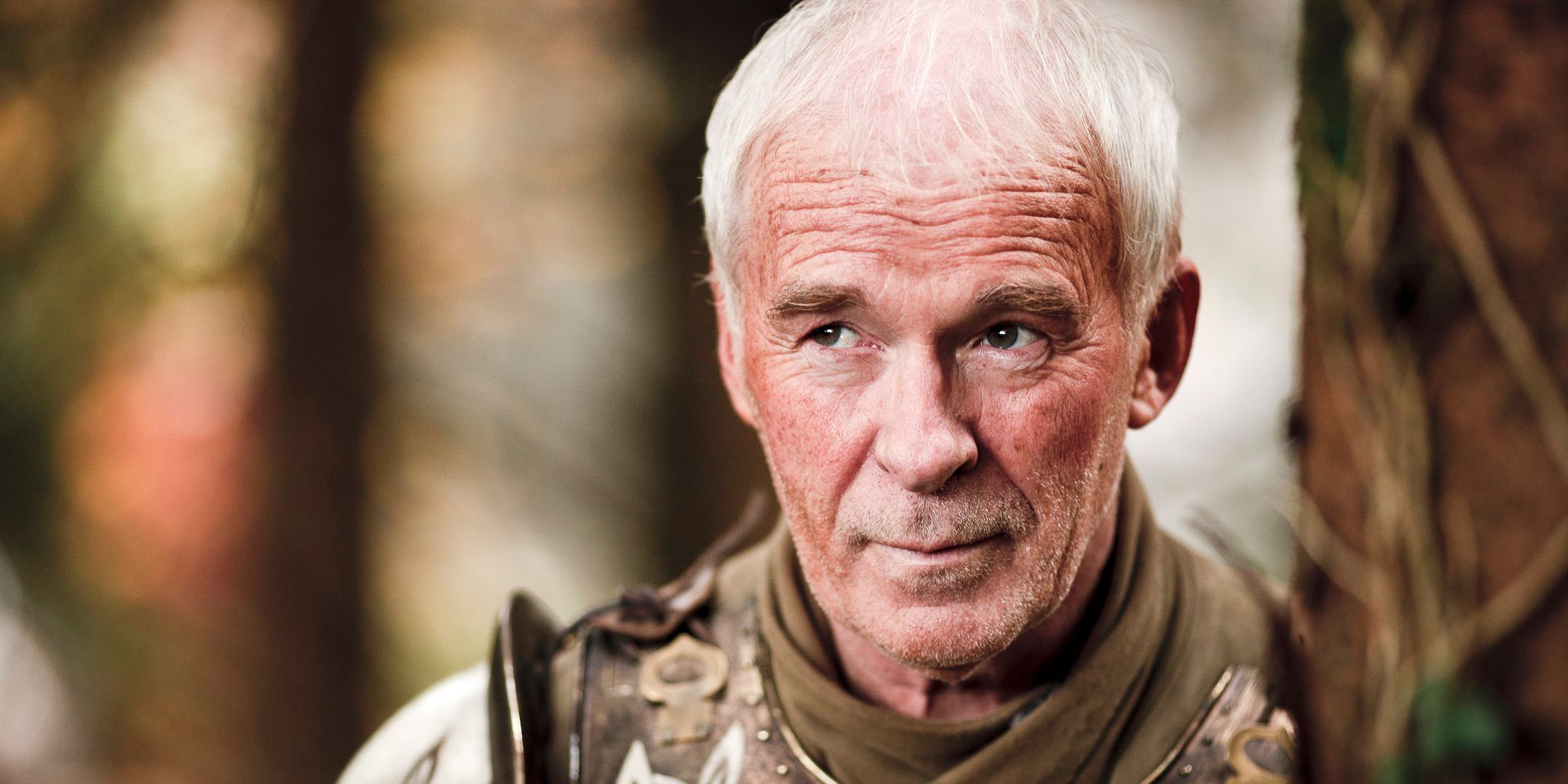Quick Links
There is little known about the Blackfyre Rebellions, which took place much before the events of Game of Thrones. It began when Daemon Blackfyre laid claim to the Iron Throne after his father, King Aegon IV Targaryen, legitimized all his bastards on his deathbed.
Daemon also felt that Blackfyre, the ancestral Targaryen sword that had been given to him, was further proof of his legitimacy — which not many agreed with. The resulting chaos is also pointed out by Catelyn Stark in Game of Thrones, when she dissuades Robb from making Jon Snow his successor, to avoid another potential situation like the Blackfyre Rebellions.
First Blackfyre Rebellion
Date | 196 AC |
|---|---|
Location | Westeros |
Main belligerents | Daemon I Blackfyre vs. Daeron II Targaryen |
Known battles | Battle of the Redgrass Field |
Outcome | Targaryen victory |
The First Blackfyre Rebellion, the largest of all, is said to have divided the realm: most of the Great Houses of Westeros remained loyal to the Targaryens, while the ‘lesser’ houses (who had repressed their resentment towards the latter for far too long) extended support to House Blackfyre. When news about his claim to the throne first reached Daeron's court (with the help of Brynden ‘Bloodraven’ Rivers, one of Aegon IV's bastards), the Kingsguard was sent to arrest him, but he escaped. Daemon’s allies used this attempted, ‘baseless’ arrest as a reason to finally wage war.
Little is known from here onwards up till the climactic Battle of the Redgrass Field, apart from the fact that “many battles were fought between the black and red dragons in the Vale, the westerlands, the riverlands, and elsewhere”. In the final conflict, Daemon’s army was just a short distance from King's Landing. House Tyrell’s forces could not arrive in time, and the loyalists (commanded by Maekar I Targaryen and Lord Hayford, the King’s Hand) were left in peril until reinforcements came, led by Gwayne Corbray of the Kingsguard. The latter engaged in a nearly hour-long sword fight with Daemon until he got wounded. Meanwhile, Bloodraven assumed a position atop the Weeping Ridge with his archers (called Raven’s Teeth), which allowed them to overlook the battlefield. He killed Daemon as well as his sons, Aegon and Aemon.
The rebels began to flee but Aegor ‘Bittersteel’ Rivers, Daeron’s half-brother, rallied them. He took out Bloodraven’s eye in the ensuing fight, but Baelor Targaryen’s spearmen arrived and crushed the rebel army against Maekar’s shield wall. The battle is described as one of the bloodiest in the history of Westeros:
Ten thousand men […] died for Daemon Blackfyre's vanity, and many more were wounded and maimed.
Bittersteel recovered the sword Blackfyre and escaped to the Free Cities, along with Daemon’s remaining sons.
Second Blackfyre Rebellion
Date | 212 AC |
|---|---|
Location | Whitewalls |
Main belligerents | Daemon II Blackfyre vs. Aerys I Targaryen |
Outcome | Conspiracy was exposed beforehand |
This was more of a failed plan that “ended with a whimper”, rather than an actual rebellion. The marriage of Ambrose Butterwell to one of Lord Frey’s daughters was used by some of Blackfyre’s allies to join forces against Bloodraven (now the Hand of Aerys I Targaryen). Many of them had been severely punished after the first rebellion, resulting in the loss of their wealth, lands and titles. Most of the hostages also died during the Great Spring Sickness, allowing the rebels to plot once more.
Tommard Heddle and Gormon Peake convinced Butterwell to name his dragon egg as the prize in the wedding tourney, and rig it in the favor of Daemon II Blackfyre, who came in the disguise of a hedge knight and musician called John the Fiddler. He had dreamt of a dragon egg a while back, and believed it to be a victory sign. However, the plot failed when Gormon reported that the egg had been stolen, and framed Glendon Flowers. Duncan the Tall (or Dunk) intervened then, killed Tommard, and helped Glendon fight a trial by combat against Daemon to prove his innocence (which he won).
Shortly after, Bloodraven arrived with three of the Kingsguard, three hundred Raven’s Teeth, five hundred knights and five thousand men-at-arms. Daemon called for support but was laughed off. Consequently, he was imprisoned (and eventually starved to death), Gormon was executed, and Whitewalls was destroyed. Butterwell was spared, but stripped of his titles and lands.
Third Blackfyre Rebellion
Date | 219 AC |
|---|---|
Location | Westeros |
Main belligerents | Haegon I Blackfyre vs. Aerys I Targaryen |
Outcome | Targaryen victory |
After crowning Haegon, Daemon’s fourth son, Bittersteel founded the Golden Company and launched another invasion. This was met with resistance from the king’s brother, Prince Maekar, and his two sons, Aerion and Aegon. The subsequent battle featured another duel between Bittersteel and Bloodraven, which the former lost. Haegon was slain by Bloodraven even after he gave up his sword. As punishment, King Aerys ordered Bittersteel to join the Night’s Watch, instead of executing him — which only let the cycle of violence continue. As stated in The World of Ice & Fire:
That proved a foolish mercy, for the Blackfyres still had many friends at court […] Aegor Rivers was freed and returned to the Golden Company. Before the year was out, he crowned Haegon's eldest son as King Daemon III Blackfyre in Tyrosh.
Fourth Blackfyre Rebellion
Date | 236 AC |
|---|---|
Location | Massey's Hook |
Main belligerents | Daemon III Blackfyre vs. Aegon V Targaryen |
Known battles | Battle of Wendwater Bridge |
Outcome | Targaryen victory |
After Aenys Blackfyre, the fifth son of Daemon, tried to make his claim to the throne, the Great Council of 233 AC had him executed on Bloodraven’s orders. This infuriated Daemon, who set out with the Golden Company three years later (delayed due to a harsh, prolonged winter) for revenge. They crossed the narrow sea and landed at Massey's Hook in the crownlands, where King Aegon V rode out to face them himself, along with his three sons. Blackfyre sympathizers had greatly reduced in numbers now and, predictably so, the Fourth Blackfyre Rebellion also failed.
At the Battle of Wendwater Bridge, Daemon III was killed by Dunk, while Bittersteel went back to Essos. He died in exile a few years later, “with a sword in his hand and defiance upon his lips”, but this did not stop Maelys Blackfyre (the last known member of the Blackfyre male line) from instigating another rebellion.
War of the Ninepenny Kings
Date | 257 AC |
|---|---|
Location | Stepstones |
Main belligerents | Maelys Blackfyre vs. Aegon V Targaryen |
Outcome | Targaryen victory |
Maelys the Monstrous — so-called because of a second small head (the remnant of a parasitic twin) protruding from his neck — gathered a few merchants, mercenaries, pirates etc. in Essos to form the Band of Nine. They vowed to carve out kingdoms for each individual member. This is why the Fifth Blackfyre Rebellion is remembered as the War of the Ninepenny Kings; Dunk had famously quipped that it seemed that “crowns were being sold nine a penny” nowadays when he heard of the group.
The Band of Nine were successful initially; they conquered the Disputed Lands, secured Tyrosh, and took over the Stepstones. They were ready to attack the Seven Kingdoms but the Targaryen forces arrived, which included a hundred longships, a thousand knights and ten thousand men-at-arms. Brynden Tully and Barristan Selmy fought valiantly in particular, with the latter killing Maelys — thus, finally putting an end to the Blackfyre Rebellions.
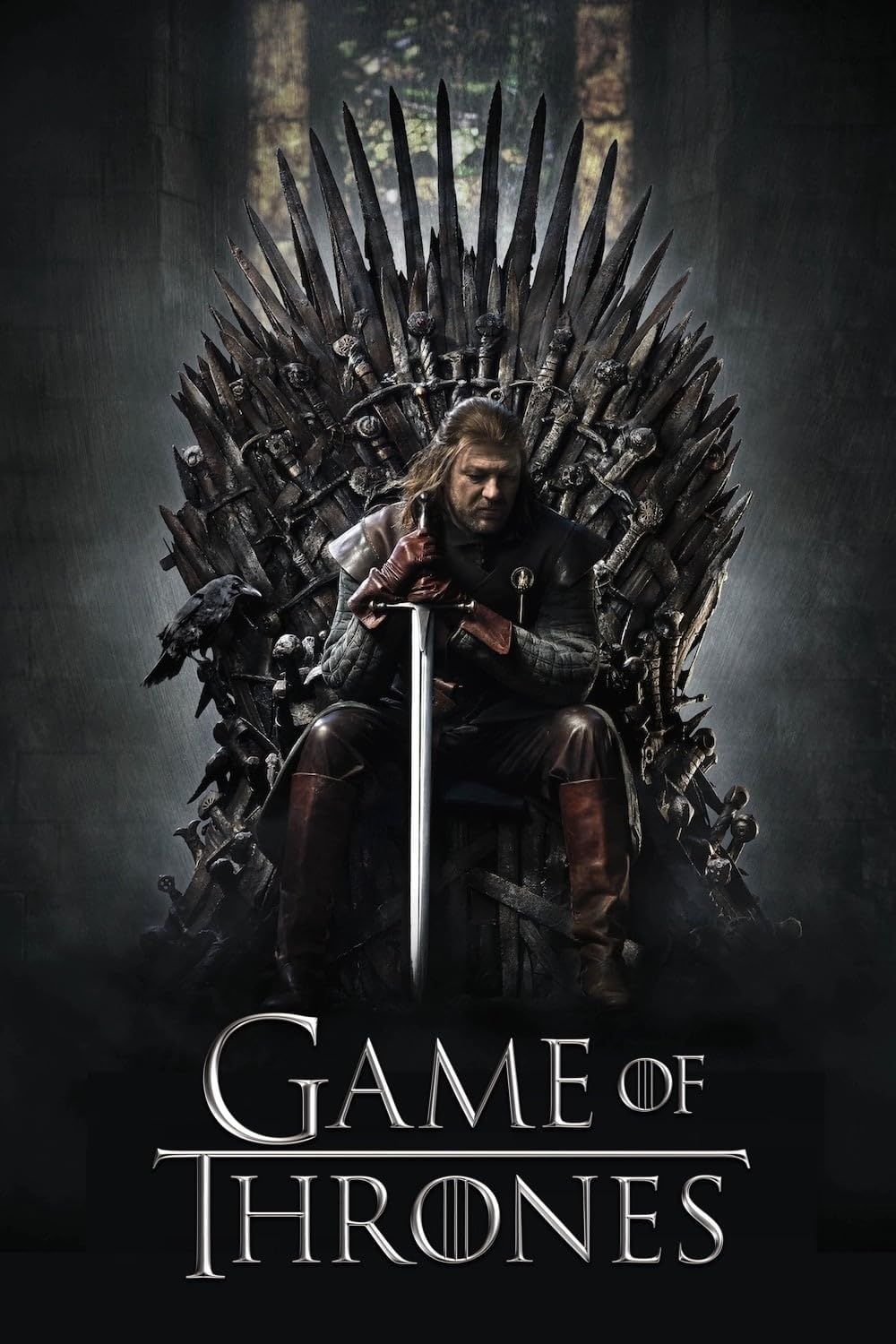
Game of Thrones
Game of Thrones, based on the Song of Ice and Fire book series by George R.R. Martin, tells the sprawling story of warring families in Westeros. This includes the Starks, the Lannisters, the Baratheons, and the Targaryens. Along with human conflicts, Westeros is also threatened by the re-emergence of dragons, and an undead enemy from beyond the Wall.

